Courtney has been reading and collecting books almost as long as she's been alive. She holds a B.A. in Theatre and Creative Writing. Courtney has been writing with Book Riot since 2019, and is a Bibliologist with TBR: Tailored Book Recommendations. She's currently brainstorming for her next creative project. You can follow her on Instagram.
Brought to you by Sourcebooks Landmark
Oregon, 1888. Amid the subterranean labyrinth of Portland’s Shanghai Tunnels, a woman awakens disoriented in an underground cell. Though no stranger to upholding a façade, being half Chinese yet passing as white, she’s perplexed by the male disguise she's wearing. Of more pressing concern, however, are the dangers she faces as a crimped, or “Shanghaied,” sea bound to work as forced labor. While struggling to recall what happened, she desperately tries to escape so she can return to her daughter, left in danger in a place where unearthed secrets can prove even more deadly than the dark recesses of Chinatown.
Did you know San Francisco’s Chinatown is the oldest in the U.S.? San Francisco’s Chinatown has been home to members of the Chinese diaspora since 1848. Filled with unique customs, dialects, and identity, Chinatowns have been important in the history and culture of Chinese immigrants.
The history of Chinese immigration to the U.S. is tied to the California Gold Rush and the building of the transcontinental railroad. San Francisco’s Chinatown was the port of entry for Chinese immigrants coming from the Pearl River Delta. San Francisco’s Chinatown was the only area in the city where Chinese immigrants were permitted to inhabit and inherit buildings. Anti-immigrant sentiment in the late 19th century culminated in the Chinese Exclusion Act, which prevented Chinese immigrants from entering the U.S. This period was detrimental to Chinese American culture and shaped U.S. Chinatowns. While Chinese immigrants were harassed by law enforcement and lived without their families, Chinatowns were exoticized as a depraved tourist destination.
The Chinese Exclusion Act was not repealed until 1943.
There are over 50 separate Chinatowns across the U.S., with the largest in New York City, Los Angeles, and San Francisco. Due to gentrification and demographic shifts, many Chinatowns are changing rapidly. These novels depict different eras of U.S. Chinatowns, addressing themes of family, race, and discrimination.
Outrun the Moon by Stacey Lee
Set in 1906 San Francisco, this YA novel showcases a heroine with grit and determination in the face of adversity. Macey’s best chance to escape from the poverty of Chinatown is an education at St. Clare’s School for Girls. With a bit of bribery and cleverness, Macey is granted admittance but faces harsh discrimination from her wealthy white classmates. When a historic earthquake rocks the city, Macey is forced to wait with her classmates. She can’t stand to sit idly while her family and others are in danger.
China Dolls by Lisa See
At San Francisco’s most exclusive Chinatown nightclub, Ruby, Helen, and Grace audition for the same showgirl role. Grace is fleeing an abusive father, Helen’s family has been in San Francisco a long time, and Ruby is Japanese, posing as Chinese. Their differences and similarities buoy their complex friendship. This novel follows Ruby, Helen, and Grace through 50 years of war, romance, and heartache.
Last Night at the Telegraph Club by Melinda Lo
In the 1950, San Francisco at the height of the Red Scare, Lily Hu and Kathleen Miller are falling in love. The Telegraph Club, a lesbian bar, becomes a haven of sorts for Lily as she faces discrimination and uncertainty. Lu’s author’s note adds important historical context to this novel.
The Shadow Hero by Gene Luen Yang, Illustrated by Sonny Liew
Inspired by a golden-age comic series, The Shadow Hero gives The Golden Turtle an origin story and new adventures. Hank and his family run a small grocery store in Chinatown. When a gang begins to terrorize people in Chinatown, Hank’s formidable mother decides he will save them. She sews him a costume and makes him study Kung Fu before a Chinese guardian spirit gives Hank superpowers. Infused with fun and thought-provoking themes, this graphic novel is a loving tribute to classic superhero comics.
Kill Her Twice by Stacey Lee
When silver screen star Lulu Wong’s body is discovered at a stable, her former classmates, May, Gemma, and Peony, are immediately suspicious. There is evidence of foul play, but the Los Angeles Police Department seems to want to frame Lulu’s death as evidence of Chinatown’s immorality. With Chinatown on the chopping block in favor of a railway station, it’s more than Lulu’s murder at stake. The sisters are determined to solve Lulu’s death for themselves and help save their neighborhood. Follow the twisty investigation in this YA mystery set in 1930s Hollywood.
City of Dragons by Kelli Stanley
During Chinatown New Year’s festivities, private investigator Miranda Corbie witnesses the death of Eddie Takahashi. Sure it’s a murder, Miranda informs the police and also decides to investigate on her own. Miranda’s other cases begin to intersect in a bizarre, sinister puzzle. First in a mystery series, City of Dragons takes readers through the bustling streets of 1940s San Francisco’s Chinatown.
The Joy Luck Club by Amy Tan
Told in vignettes, this modern classic tells the story of four Chinese-immigrant mothers and their four American-born daughters. After meeting in San Francisco’s Chinatown in 1949, the mothers form a mahjong club that carries their friendship through years of hardship and good times. Weaving together stories of past and present, each chapter of The Joy Luck Club features a thematic parable.
Does your city have a Chinatown? If so, make plans to visit and learn about the history. In the meantime, add these 20 Must-Read Historical Fiction Books Set in China to your reading list!

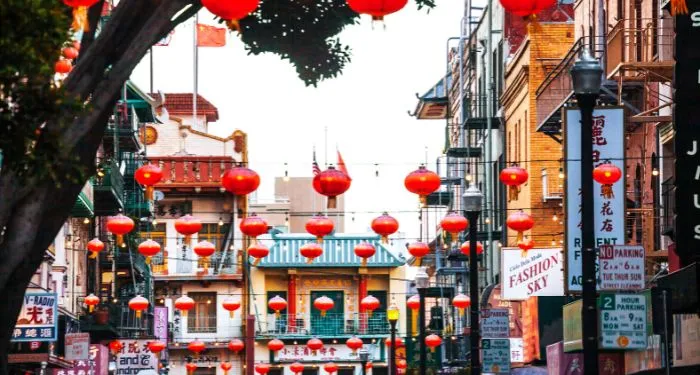



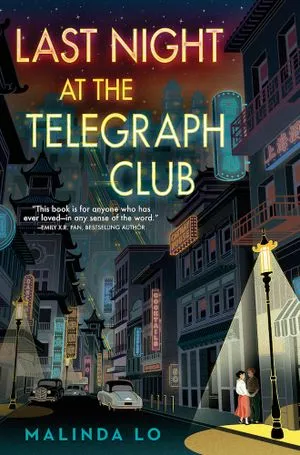

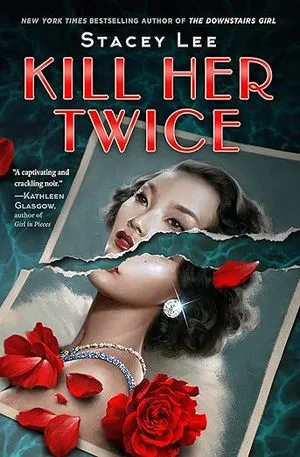

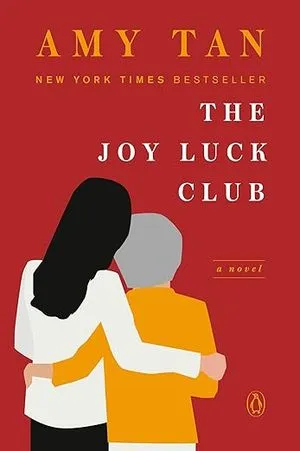
















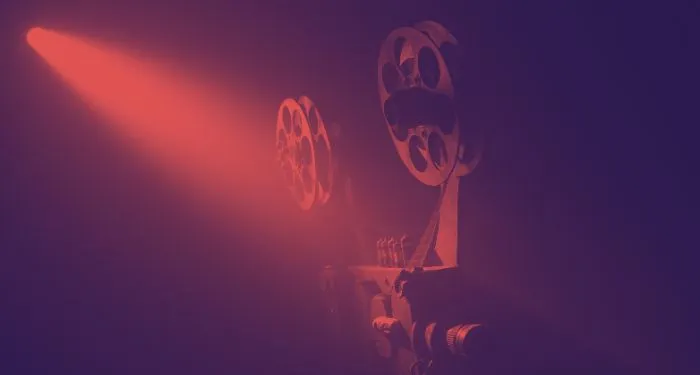
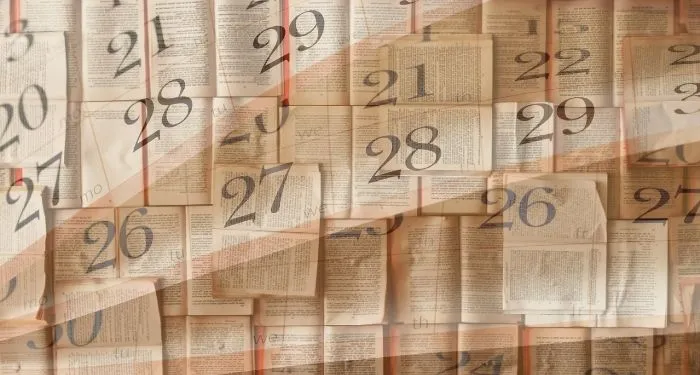
 English (US) ·
English (US) ·